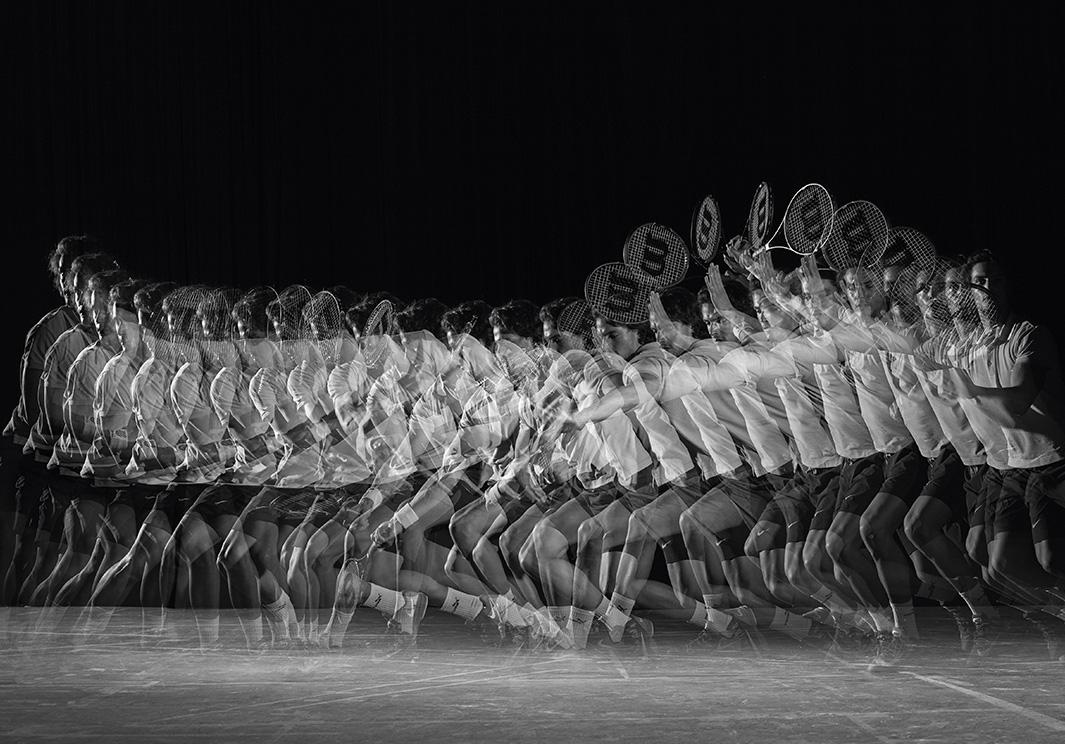When it was first invented in the 19th century, chronophotography—a technique used to capture a subject’s movement in one or several frames—was mostly used for scientific purposes to study people and animals.
But when applied to the serves and strokes of tennis player Louis Fabre in Jean-Yves Lemoigne’s photographs for BKRW Magazine, the technique functions to reveal, in astonishing detail, the grace and artistry of those who play the game.

Jean-Yves Lemoigne
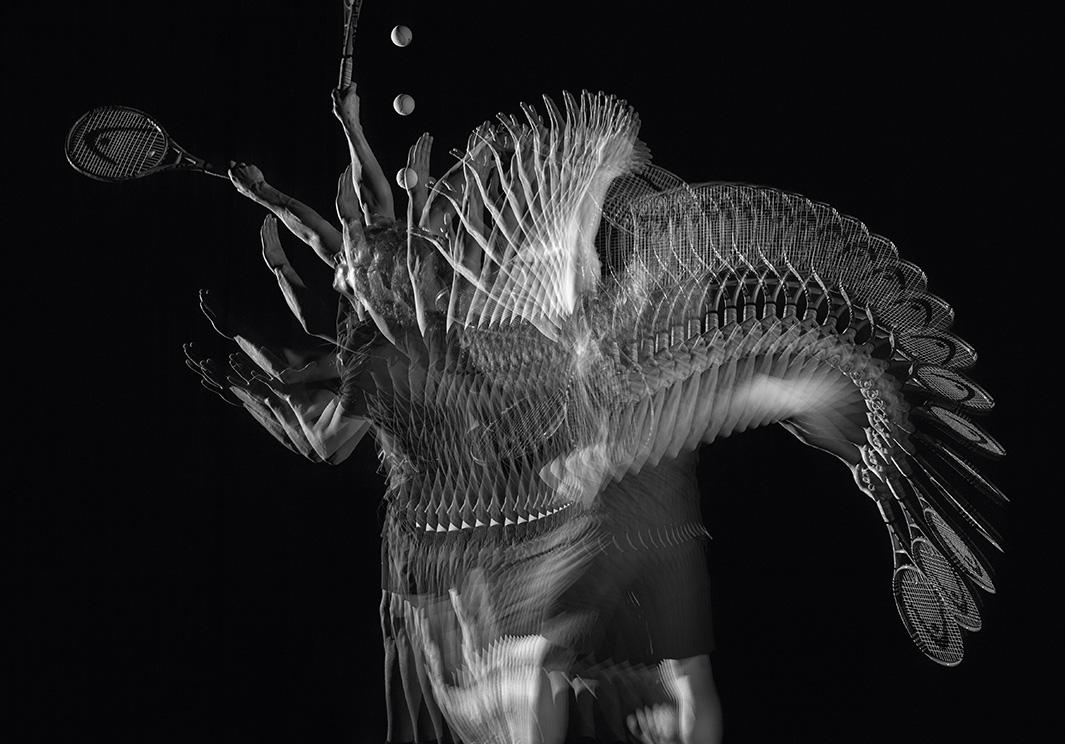
Jean-Yves Lemoigne
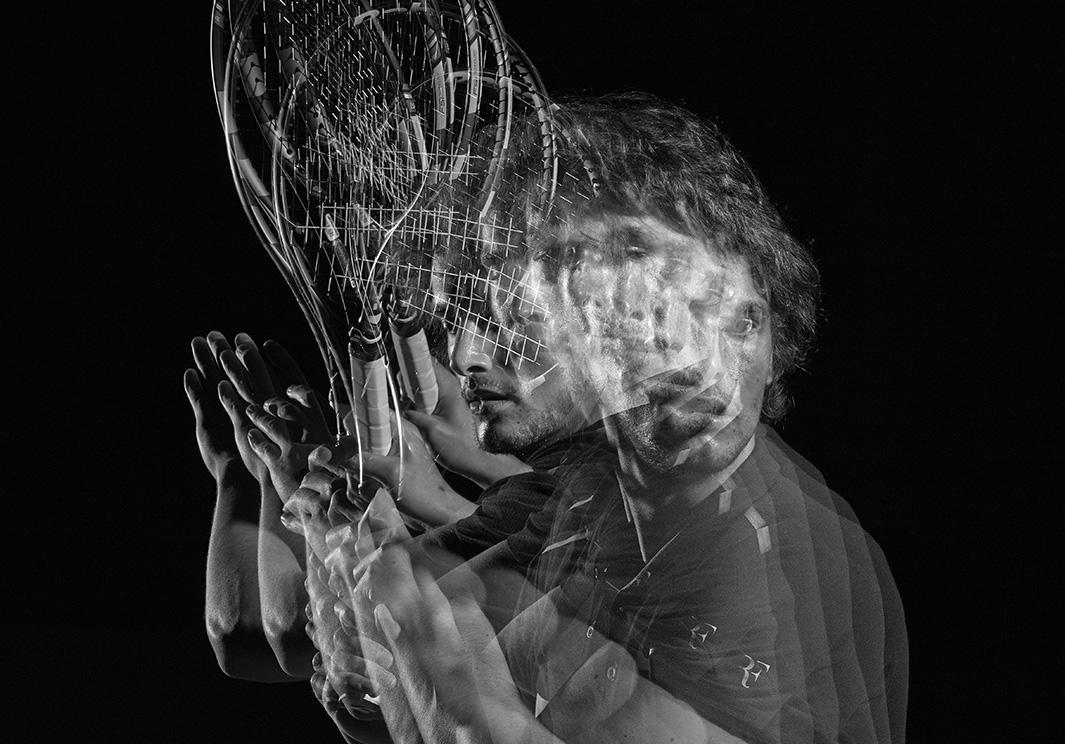
Jean-Yves Lemoigne
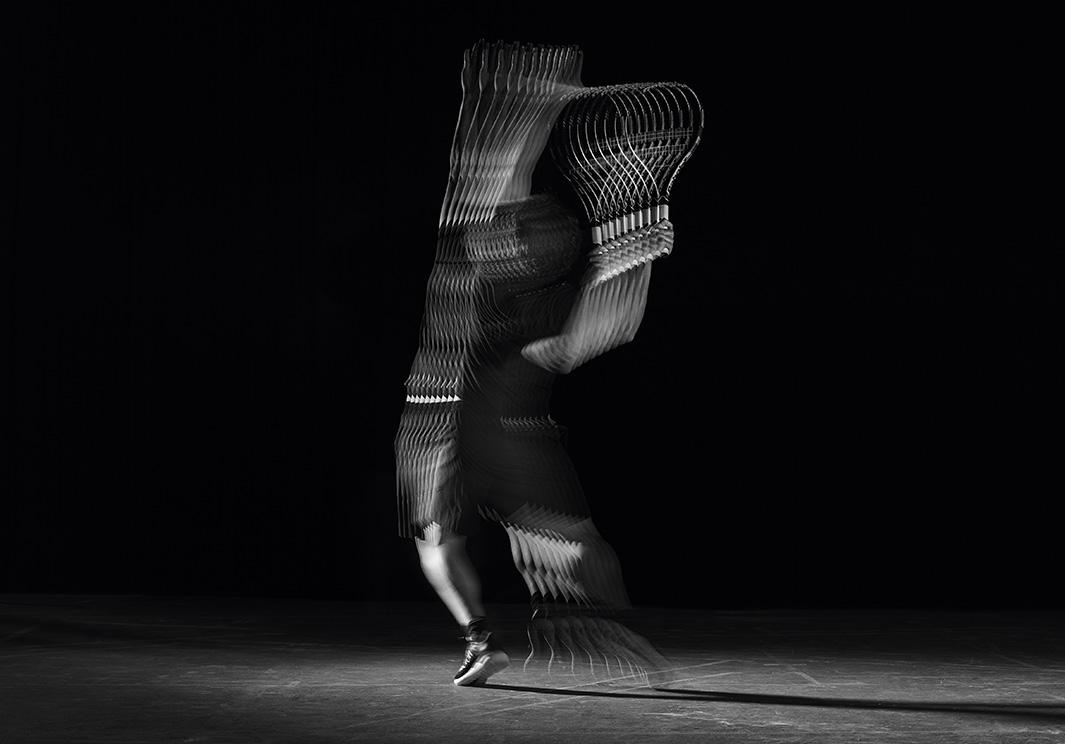
Jean-Yves Lemoigne
“Tennis is a very elegant and timeless sport. The body language of tennis is really nice—there are many twists and rotations. So I found it really relevant to work on a series that would enhance this point of view of tennis,” Lemoigne said via email.
For BKRW’s tennis issue, the magazine’s art director, Julien Gosset, asked Lemoigne to create photographs inspired by the work of Harold Eugene Edgerton, an MIT professor of electrical measurements and an amateur photographer known for inventing the electronic flash. The result was Lemoigne’s series, “Chronophoto.”
While Lemoigne tends to do a lot of post-production in his advertising work, the photos in this series were all completed in-camera with no alteration.
“I think it is a challenge for a photographer to create surprising photos with real things. It is not so much that I like or don’t like post-production, it is more that if you try to do everything in-camera the image will be different at the end,” he said.
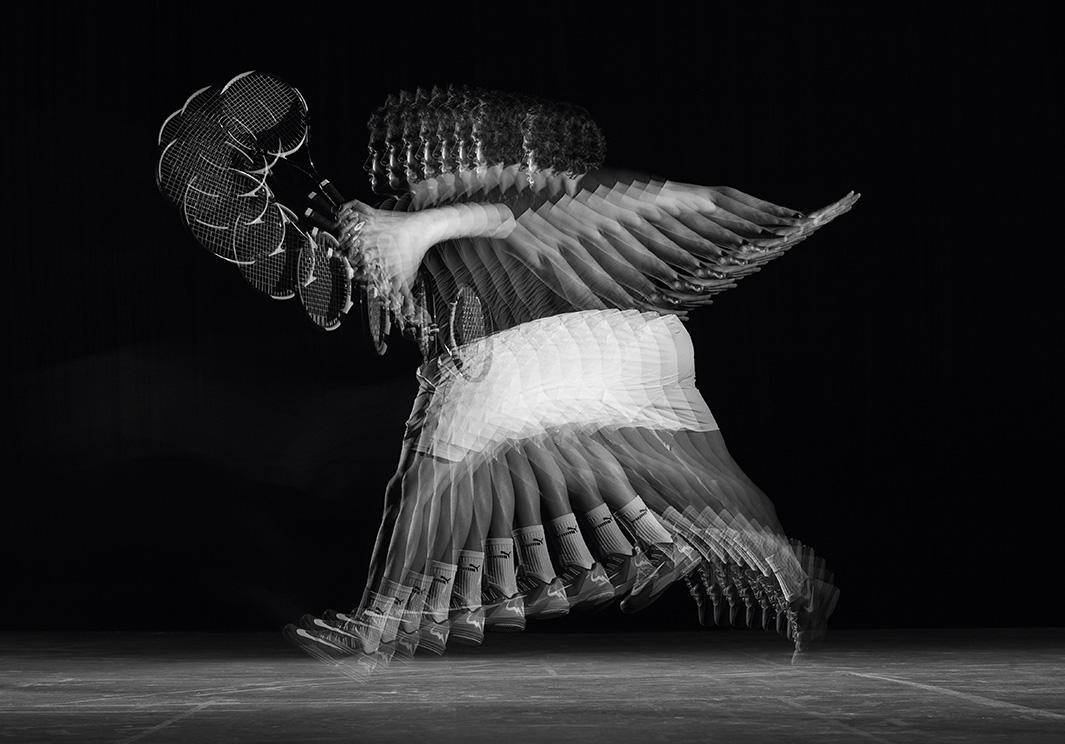
Jean-Yves Lemoigne

Jean-Yves Lemoigne
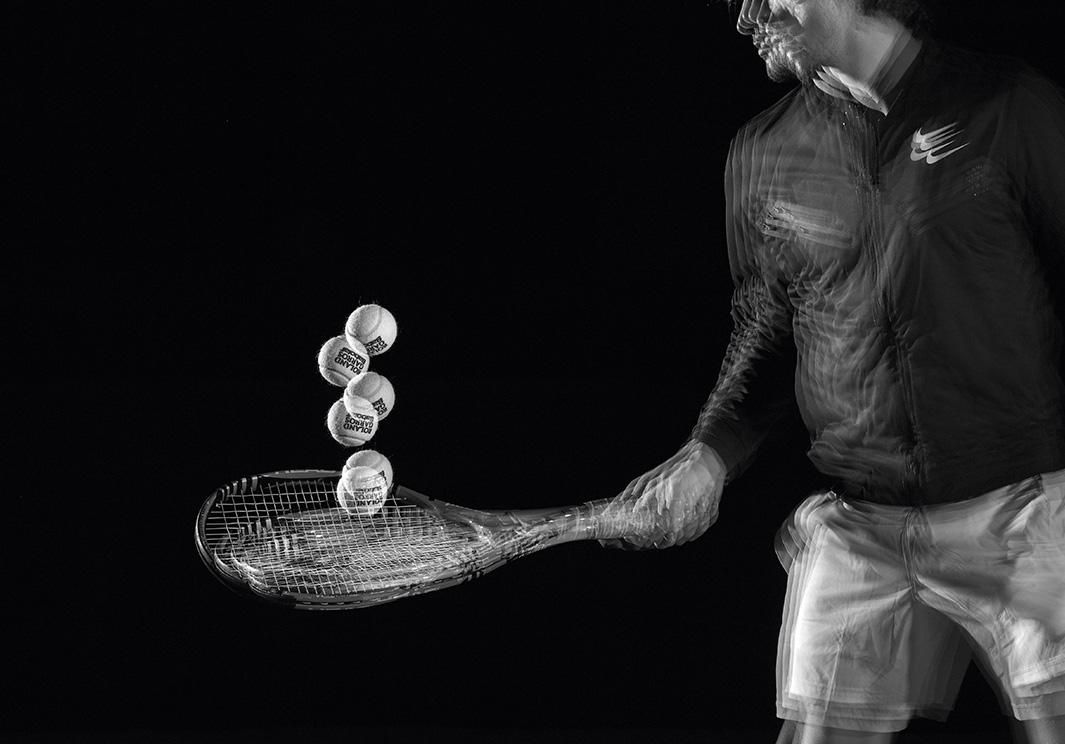
Jean-Yves Lemoigne
During one day of shooting in a dark studio at the Little Grand Studio just north of Paris, Lemoigne worked with a digital medium format camera and shot one- or two-second exposures of Fabre while a strobe light set off a series of flashes. Each flash effectively froze Fabre’s position. Captured all together during the exposure, a single image was able to encapsulate many of the small, physical nuances in a lightning-fast motion.
“The thing I enjoyed the most was how surprising and magical it was; in the dark studio when the light was flashing it was difficult to see anything. But after each shot, when I turned my head to look at the computer, something completely different from what I just saw appeared on the screen.”

Jean-Yves Lemoigne
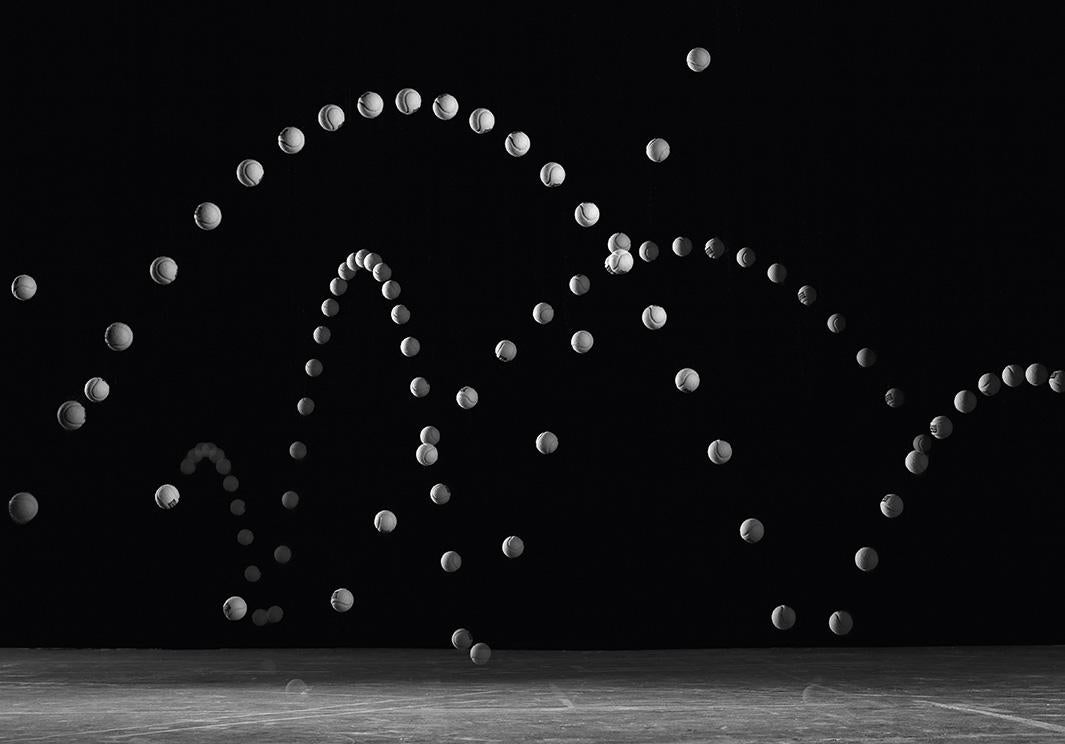
Jean-Yves Lemoigne
